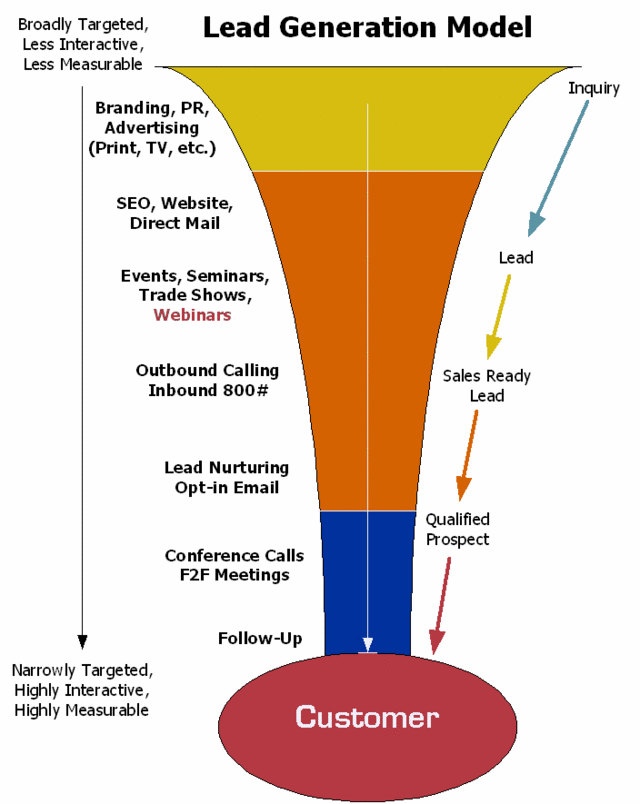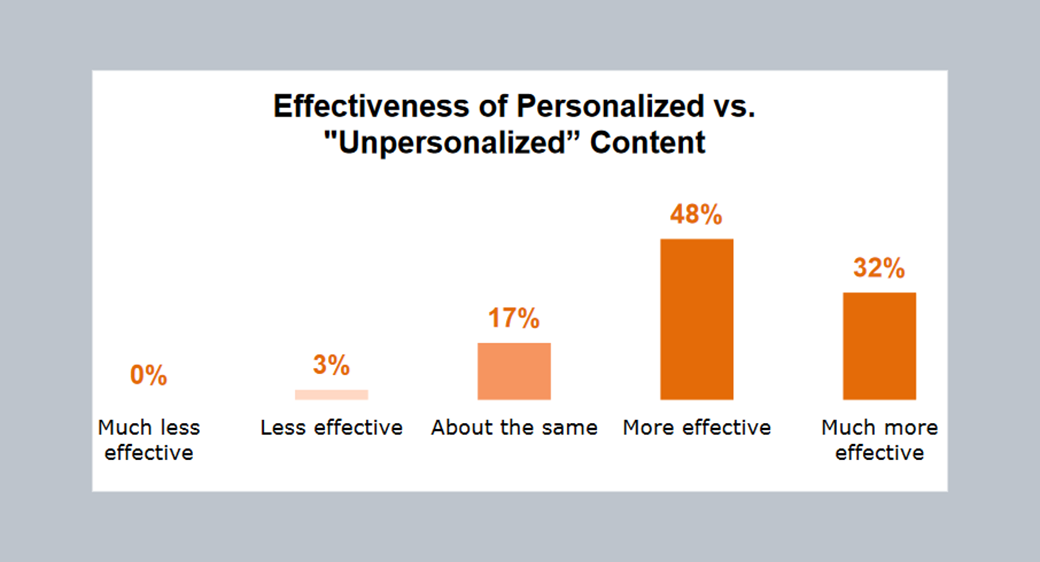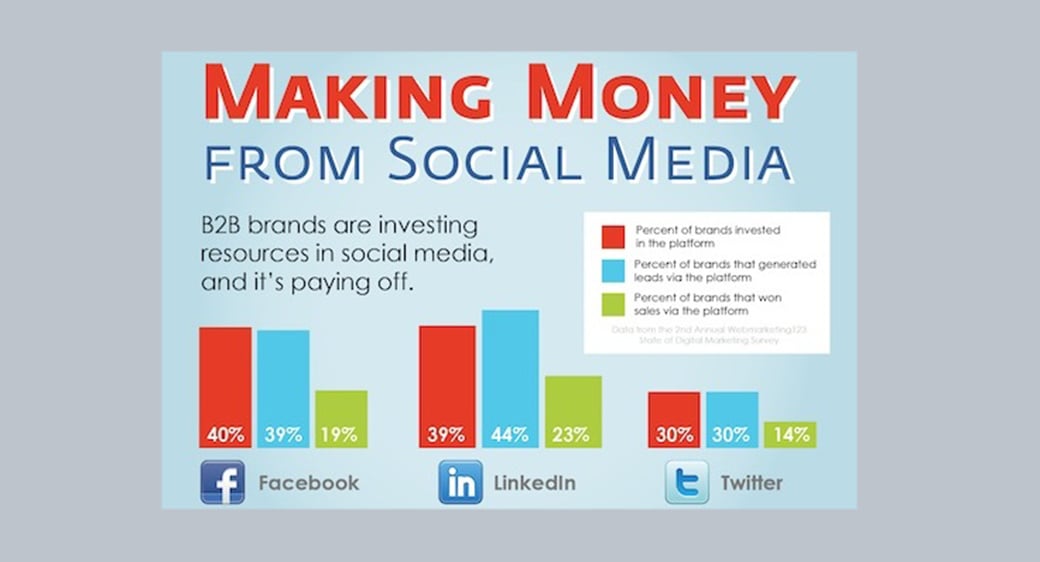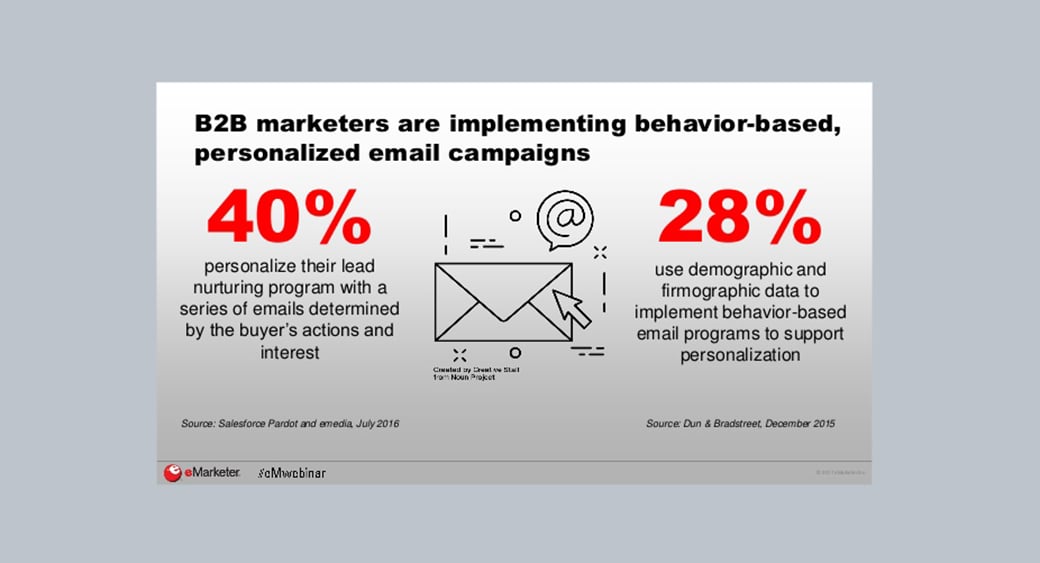Marketing Automation Lead Nurturing – Top Strategies for B2B Success
With technological advancements and an influx of new insights in almost all spheres of business dealings, it seems only logical for companies to come to the exact same conclusion – it is now or never to recalibrate lead generation strategies in order to get a distinct edge over others. B2B marketing automation lead nurturing is increasingly becoming difficult in today’s digital landscape and requires marketing rigor to hammer home success.

As opposed to traditional marketing tactics, it is ever important for marketers to use automated lead nurturing that helps systematic tracking of lead engagements as well as accurately pinpointing of lead’s stages in the sales cycle. According to a Forrester survey, companies that excel at marketing automation lead nurturing generate 50% more sales at a 33% lower cost.

Lead generation and marketing automation lead nurturing is a crucial part of the sales funnel that helps you engage your clearly defined target group by providing relevant information at each stage of the sales journey. Since this is the process that nudges your prospects through the funnel, you have to implement effective and convincing marketing strategies like a savvy marketer. For instance, the LinkedIn bot is widely being used as it boosts profiles, and saves time and energy as well.
Hence the key questions: Which strategies will actually work? Which tactics will deliver the best ROI? How can you overcome top marketing challenges during lead generation? Let’s dive into this using the following strategies.
Marketing Automation Lead Nurturing Strategies
1. Share personalized content
One of the most effective ways for lead nurturing and giving value to your money is by serving personalized marketing content to your leads at critical stages in their buyer’s journey. This is a crucial stage for your marketing automation strategy. That is, curating content for your audience based on their actions and engagement level is a powerful strategy than simply pumping irrelevant and untimely content.

According to the Content Marketing Institute’s latest survey, 86% B2B marketers said that they use content marketing. However, your content marketing efforts should not be seen as a self-serving means of pushing your business’s product/service – without any real attempt to add value for your audience.
So what should be your content marketing strategies to nurture B2B leads? One way to do that is publishing research reports.
- Data from research studies, whether it’s in the form of bullet points or infographics captivate people’s attention.
- Second, blogging can be extremely helpful for you as 80% of marketers use blogging as part of their content marketing strategy.
- Third, creating videos is a highly engaging and interactive way to promote your content and business.
Therefore, as per your audience’s demonstrated engagement behavior, Leveraging automation to generate leads will allow you to maintain a high level of personalization. For example, webinar software can go a long way to help you achieve your business goals.
2. Optimize for mobile and maintain a strong desktop presence
Today the overwhelming use of mobile due to the smartphone revolution has changed the rules of the game. However, the desktop still leads organic search that accounts for 57% of total website traffic. This clearly means you need to optimize for mobile as well as maintain a strong desktop presence simultaneously in order to stay ahead in the race of marketing automation lead nurturing.
On the one hand, you cannot underestimate the smartphone phenomenon since it is extremely desirable to understand searchers’ requirements; while on the other hand, consumers still want to collect information about products or services on their desktop computers, so you have to establish a profound presence in this market as well. Google also prefers mobile first indexing for continuously improving the user experience.

Additionally, a recent BGC report on B2B buyers’ usage reveals that 60% B2B buyers admit that mobile played a significant role in a recent purchase. Thus, personalization and optimization become imperative for you from the viewpoint of marketing automation lead nurturing. At the same time, do not forget to have a good desktop-oriented website.
Leverage social media
Leads help B2B companies find prospects, increase revenue and achieve business goals, which is why leads are the lifeblood for them. To that effect, B2B social media lead generation is quick, cost-effective and relatively easy to implement. According to a report, social media has a 100% higher lead-to-close rate than outbound marketing.

Another study reveals social media lead conversion rates are 13% higher than the average lead conversion rate. So to begin with, the simplest way to generate leads on social media is to optimize your business page profile. B2B social media lead generation is primarily dependent upon building and fostering solid relationships, rather than shouting sales messages. So how are you going to establish trust in order to make a sale?
The platforms like LinkedIn, Twitter, Facebook and YouTube are extremely popular for interacting with followers and customers. These networks are extremely helpful in monitoring your leads’ engagements on a daily basis. Moreover, you can use tools that will help you increase followers; manage social media posts and engagements; and devise strategies for marketing automation.
Particularly, Narrow.io is an example of a “smart” tool that makes Twitter marketing automation relatively easy for everyone. It auto-follows users and auto-favorite tweets in a defined audience in order to help you get more followers; however if, after 24 hours, those accounts have not followed you back, then Narrow automatically un-favorites and un-follows for you. Furthermore, if they do follow you back, Narrow leaves everything in place. Therefore, With Narrow.io, companies have what they need to build a targeted following using keywords, hashtags, and locations.
- Twitter: Your bio should be compelling and inviting, while your profile should paint your story in 160 characters. The image of your logo, more than your handle, is what your audience will come to recognize you for, so it’s important to keep it consistent. You can also pin important tweets for marketing automation lead nurturing, which should also contain a CTA and a link back to your business site. Finally, Hashtags are highly important because tweets with hashtags generate 2 times engagements as tweets without.
- LinkedIn: Your profile and banner images can have a huge impact on the success of your business page. Make sure to mirror your header image with your current marketing initiatives. Be sure that the first few lines of your company description are compelling and contain your target keywords. You can also create separate pages to showcase products, brands and initiatives.
Leverage the potential of influencers
Influencer marketing is getting popular and effective by the day. It focuses on key individuals/experts in their respective fields to distribute the content you create and with that, to promote your business.
According to a study by Tomoson, influencer marketing brings 51% better customers on average. This is because influencers have huge followings, so taking advantage of their sphere of influence has the potential to significantly increase your brand’s reach.
Influencer marketing is a mutually beneficial marketing relationship where two brands (or a brand and an individual/group) partner to promote awareness and generate leads. Hence, it is important for you to vet influencers to ensure your arrangement is valuable to both parties before initiating marketing efforts.
Finding right influencers in your market could be tricky; however, there are many tools available that can help you find few. By doing that, you will be able to convert your website visitors into sales leads. You can also start your search with who influences you and your team, and then look at who is influencing your customers.
Create a personalized and direct email campaign
Email marketing, if done in an effective manner, is still one of the most effective tactics for lead nurturing. That said, personalized emails hold a significant value as they tend to generate better results than generic emails.

According to the Experian email marketing study, personalized emails can produce 6 times higher revenue per mail than non-personalized ones. So before creating a personalized direct email campaign, you need to segment your target audience based in their buying patterns and time lapsed. Then target your list with a message customized just for them, while providing them with an incentive to contact your company by offering a free report or white paper.
The customization of emails allows you to send triggered emails when someone downloads your gated content. Thus, clicks on links in your emails, and visits certain pages on your website shows that a high level of engagement has started, which is an essential condition for lead generation.
Summing up Marketing Automation Lead Nurturing
The key to B2B lead nurturing is to make more ways available for your prospects to discover you through marketing automation. Now that you have gained a better idea about some of the effective lead nurturing B2B marketing strategies, it’s also important at this point in time to align your sales and marketing efforts in order to ultimately succeed. Moreover, keep a close tab on the emerging trends that will provide you with valuable insights.




Leave a Reply